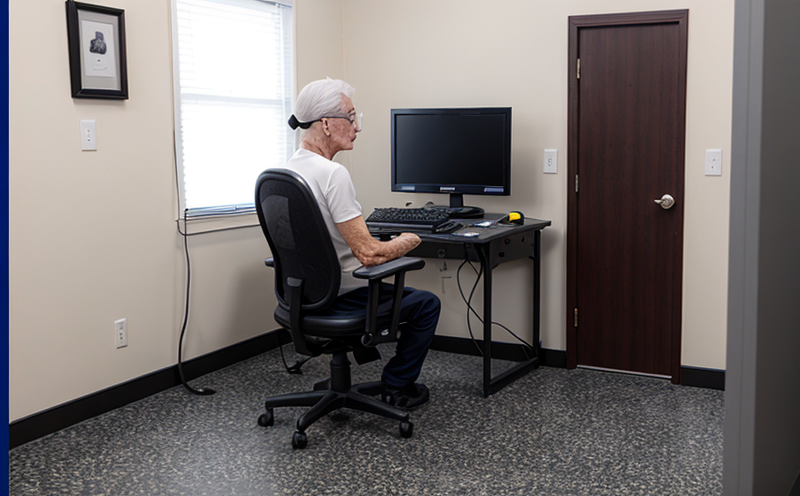EN 13520 Evaluation of seam slippage resistance under repeated stress
The European Standard EN 13520 is a critical tool for the textile industry, specifically designed to evaluate the resistance of seams in woven fabrics against slippage due to repeated mechanical stress. Seam slippage can significantly impact the durability and performance of garments, especially those subjected to frequent wear such as workwear, sportswear, and protective clothing.
Seam slippage under repetitive stress is a complex phenomenon that involves multiple factors including material properties, construction techniques, and environmental conditions. The standard provides a standardized protocol for testing seam stability, ensuring that products meet the required durability standards before they reach consumers.
The test procedure outlined in EN 13520 involves subjecting woven fabric samples to repeated stress cycles using a specialized machine. Specimens are clamped into position and subjected to specific loading conditions designed to simulate real-world use scenarios. This allows for the assessment of seam integrity under dynamic loading, which is crucial for understanding how seams will behave during typical wear and tear.
Material selection plays a vital role in determining seam stability. Factors such as fiber type (natural vs synthetic), yarn count, and fabric construction all influence the performance of the seam. Synthetic fibers like polyester or nylon tend to offer better resistance against slippage compared to natural fibers due to their higher tensile strength.
Proper specimen preparation is essential for accurate results. Samples should be cut according to specified dimensions ensuring they represent typical garment seams. It’s important that the test specimens are free from defects such as incomplete stitches or loose threads, as these can affect the outcome of the test.
The testing machine used in this procedure applies a defined load at specific intervals over time, simulating the repeated stresses encountered during normal use. Load cells measure the force applied to the sample, providing data on how much stress each seam can withstand before slipping or failing.
Acceptance criteria vary depending upon the type of product being tested; however, generally speaking, a successful test requires that seams maintain their integrity throughout all cycles without any signs of slippage. Results are typically reported as percentages indicating the percentage reduction in seam width after specified numbers of loading cycles.
This testing method not only helps manufacturers ensure product quality but also aids in improving design and manufacturing processes by identifying weak points early on in development stages. By adhering to this standard, companies can enhance their reputation for producing high-quality textiles that meet stringent international standards.
Industry Applications
- Workwear manufacturers aiming to improve the durability of protective clothing.
- Sportswear producers ensuring their products withstand rigorous training regimens.
- Clothing brands seeking certification compliance with international standards.
- Manufacturers developing new textile materials or processes needing validation.
Quality and Reliability Assurance
The EN 13520 test is an integral part of a broader quality assurance program aimed at ensuring product reliability over extended periods. By incorporating seam slippage testing into the production process, companies can identify potential issues early on, allowing for corrective actions to be implemented before products reach market.
Compliance with this standard enhances brand reputation by demonstrating commitment to excellence and customer satisfaction. Additionally, it provides peace of mind knowing that your garments will perform consistently well even under challenging conditions.
Regular testing helps maintain consistent quality across batches, ensuring uniform performance among all products manufactured from the same batch of materials. This consistency is particularly important for industries where uniformity in product characteristics can make a significant difference in customer satisfaction and brand loyalty.
Use Cases and Application Examples
This testing method finds extensive application across various sectors including:
- Workwear: Protective clothing used in environments where workers are exposed to physical hazards.
- Sportswear: Garments designed for athletes requiring high levels of performance and durability.
- Civilian wear: Everyday clothing items intended to withstand everyday use without compromising comfort or fit.
For instance, workwear manufacturers might use this test to evaluate the seam integrity in safety vests worn by construction workers. Similarly, sportswear companies could apply it during the design phase of new running shoes to ensure they can handle the repetitive impact forces encountered during long-distance runs.





